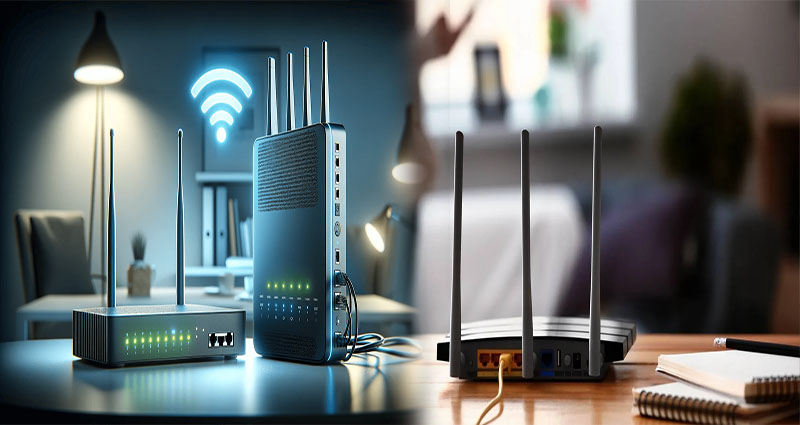In today’s connected world, having a reliable and fast internet connection is essential for both work and leisure. Setting up a home wireless internet network requires two key components: a router and a subscription plan. In this article, we will explore budget-friendly options for both routers and subscription plans to help you find the best solutions for your home wireless internet needs.
Choosing a Budget-Friendly Router
A router acts as the central hub of your home wireless network, allowing your devices to connect to the internet. When looking for a budget-friendly router, consider the following factors:
- Wireless Standards: Look for routers that support the latest wireless standards, such as Wi-Fi 5 (802.11ac) or Wi-Fi 6 (802.11ax). These standards offer faster speeds and better connectivity.
- Coverage Area: Consider the size of your home and its layout. Look for routers with strong coverage and signal strength that can cover your entire living space.
- Antenna Configuration: Routers that come with external antennas tend to provide better coverage and signal strength compared to those with built-in antennas.
- Security Features: Ensure the router has built-in security features such as firewall protection, WPA2/WPA3 encryption, and guest network functionality.
- Reviews and Recommendations: Research customer reviews and seek recommendations from trusted sources to find a router that offers the best value for money.
Remember, while budget-friendly routers may not have all the advanced features found in high-end models, they can still provide reliable and fast wireless internet connectivity for your home.
Exploring Budget-Friendly Subscription Plans
After setting up your router, you’ll need a subscription plan from an internet service provider (ISP). Here are some tips for finding budget-friendly subscription plans:
- Comparison Shopping: Research and compare different ISPs in your area to find the most affordable subscription plans. Look for promotions, discounts, or bundle options that can help reduce the monthly cost.
- Consider Speed Requirements: Assess your internet usage needs. If you primarily use the internet for web browsing and streaming, you may not require the highest speed plans offered by ISPs. Choose a subscription plan that caters to your specific usage requirements.
- Data Limits: Pay attention to data caps or usage limits imposed by ISPs. If you have heavy internet usage, consider subscription plans that offer unlimited data or higher data caps.
- Customer Support: Research the customer support reputation of ISPs. Opt for ISPs that provide reliable customer service and technical support should any issues arise with your home wireless internet connection.
- Contract Terms: Read and understand the terms and conditions of the subscription plans. Look for plans with flexible contract terms or no-contract options. This allows you to switch to a different plan or provider without incurring hefty cancellation fees.
By considering these factors, you can find a budget-friendly subscription plan that offers a balance between cost and the features and services you need for your home wireless internet.
Setting up a home wireless internet network doesn’t have to break the bank. By choosing a budget-friendly router with the necessary features and exploring affordable subscription plans from different ISPs, you can establish a reliable and cost-effective wireless internet solution for your home. Remember to consider factors such as wireless standards, coverage area, security features, and customer support when selecting a router. Additionally, compare ISPs in your area, consider your usage requirements, and be mindful of data limits and contract terms when choosing a subscription plan. With careful research and consideration, you can enjoy a budget-friendly home wireless internet solution without compromising on quality and reliability.











